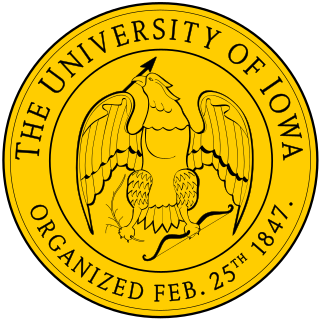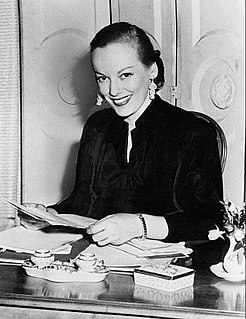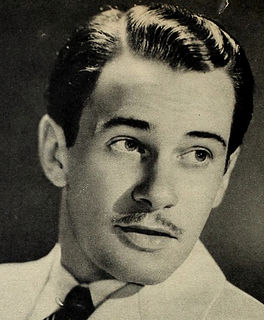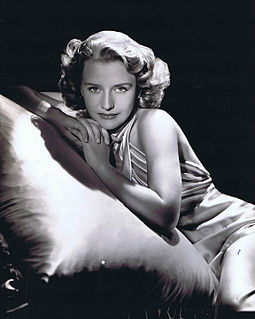Howard Dixon Richardson (December 2, 1917 – December 30, 1984) was an American playwright, best known for the 1945 play Dark of the Moon . [1]
Dark of the Moon is a dramatic stage play by Howard Richardson and William Berney. The play was produced on Broadway in 1945 and was the maiden production of the now acclaimed New York Circle in the Square Theatre in 1951.
Contents
Born in Spartanburg, South Carolina, Richardson graduated in 1938 from the University of North Carolina and then traveled through Europe (1938–39), returning to the University of North Carolina in 1940 for his M.A. From 1940 to 1942, he studied at the University of Iowa, where he wrote the play Barbara Allen (published in 1942), aka Night Song, inspired by the Scottish-English folk song, "The Ballad of Barbara Allen". He served with the Army in 1943.

Spartanburg is the most populous city in and the seat of Spartanburg County, South Carolina, United States, and the 12th-largest city by population in the state. The city of Spartanburg has a municipal population of 37,013, and Spartanburg County has an urban population of 180,786 as of the 2010 census. The Spartanburg Metropolitan Statistical Area, including Spartanburg and Union counties, had a population of 317,057 as of the 2010-2014 American Community Survey 5-Year Estimates.

The University of North Carolina is a multi-campus public university system composed of all 16 of North Carolina's public universities, as well as the NC School of Science and Mathematics, the nation's first public residential high school for gifted students. Commonly referred to as the University of North Carolina System or the UNC System to differentiate it from the original campus in Chapel Hill, the university has a total enrollment of over 183,001 students and in 2008 conferred over 75% of all baccalaureate degrees in North Carolina. UNC campuses conferred 43,686 degrees in 2008–2009, the bulk of which were at the bachelor's level, with 31,055 degrees awarded.

The University of Iowa is a public research university in Iowa City, Iowa. Founded in 1847, it is the oldest and the second largest university in the state. The University of Iowa is organized into 11 colleges offering more than 200 areas of study and seven professional degrees.















